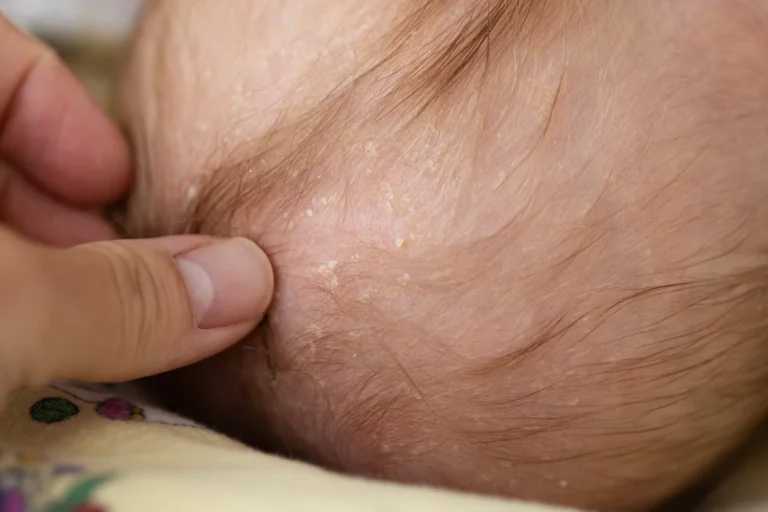Cradle cap, also known as infantile seborrheic dermatitis, is a common condition that results in crusty or oily scaly patches on a baby’s scalp. Unlike other skin conditions, cradle cap is not painful or itchy, but it can cause thick white or yellow scales that are difficult to remove. Cradle cap, also known as infantile seborrheic dermatitis, is a common condition that results in crusty or oily scaly patches on a baby’s scalp. Unlike other skin conditions, cradle cap is not painful or itchy, but it can cause thick white or yellow scales that are difficult to remove.
Choose Office
Poughkeepsie
fishkill
new milford

